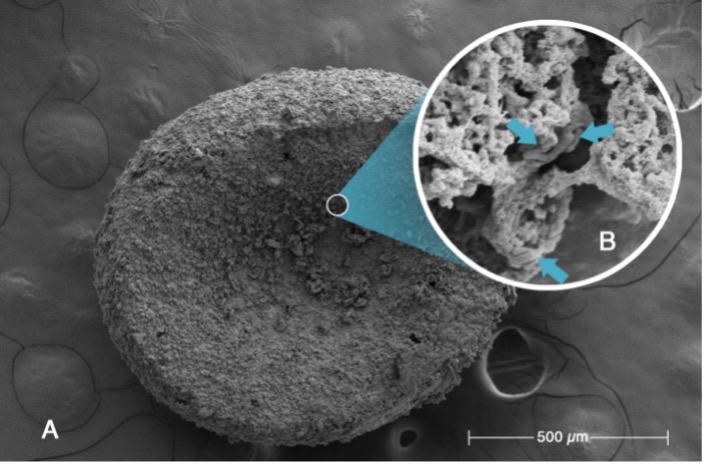VOLUME 17 (Supplement)

SciEnggJ 17 (Supplement) 194-201
available online: June 13, 2024
DOI: https://doi.org/10.54645/202417SupPSB-54
*Corresponding author
Email Address: ngdumandan@up.edu.ph
Date received: March 18, 2024
Date revised: May 14, 2024
Date accepted: May 27, 2024
ARTICLE
Assessment of the functional properties of probiotic-loaded alginate beads and their effects on the growth performance of juvenile Nile tilapia (Oreochromis niloticus)
University of the Philippines Los Baños, College, Laguna 4031,
Philippines
Probiotics play a crucial role in improving aquaculture productivity, but their integration in aquaculture farming is restricted by environmental and biological factors. To address these limitations, alginate-based encapsulation was explored for improved functionality and efficient probiotic delivery in tilapia aquaculture. Probiotic isolates, including Lacticaseibacillus sp. FSPL001, Saccharomyces sp. FSPL011, and Bacillus sp. FSPL020, were encapsulated within a sodium alginate/soy protein isolate (SA/SPI) polymer matrix coated with carboxymethyl cellulose (CMC) to produce probiotic-loaded alginate beads (PLABs). High encapsulation efficiency was achieved, with encapsulation rates exceeding 95% and viability counts reaching at least 1 × 107 CFU/g beads. Furthermore, encapsulation significantly enhanced probiotic tolerance to biological barriers, including low pH and bile, while maintaining stability under high salinity. The SA/SPI polymer matrix displayed pH-sensitive dynamic swelling behavior, enabling a controlled-release mechanism as confirmed by in vitro release assays during simulated gastrointestinal digestion. Moreover, the use of the CMC coating notably enhanced the mucoadhesive properties of PLABs, ensuring effective attachment to the mucosal epithelium and minimizing bead wash-off during digestion. The development of PLABs permitted the easy integration of probiotic supplementation into tilapia feeding regimens through direct oral administration. Significant increases in body weight gain were observed after 70 days of culture with no adverse effects on feed utilization. These findings highlight the potential of PLABs as an efficient and targeted delivery system for probiotics, offering promising prospects for enhancing aquaculture productivity.
© 2025 SciEnggJ
Philippine-American Academy of Science and Engineering